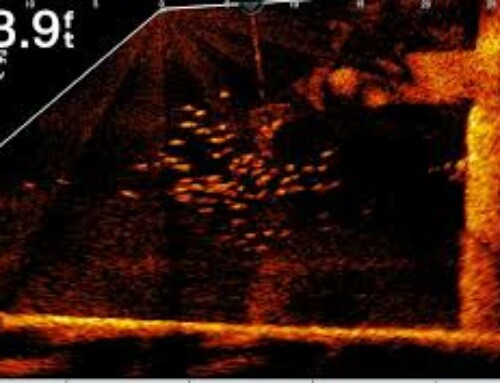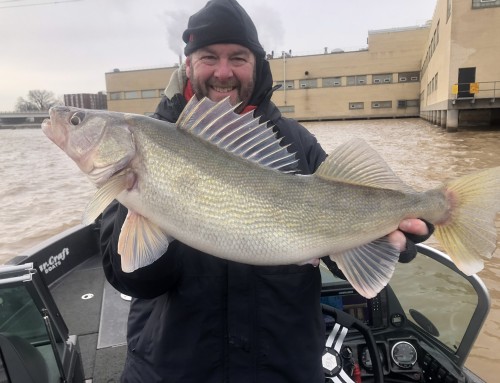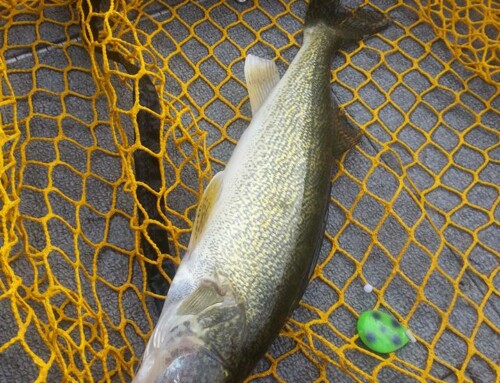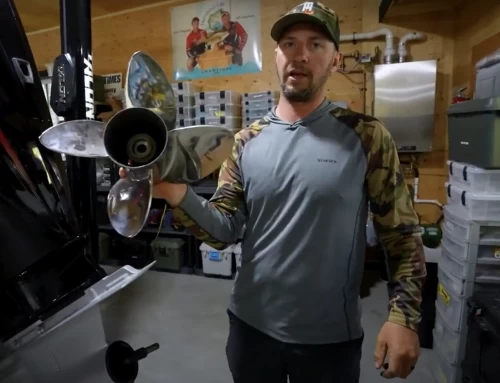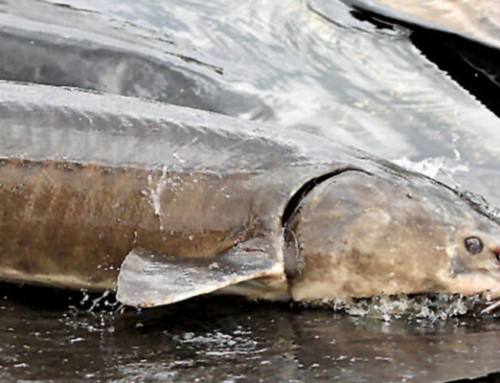MADISON – Another quarter mile of breakwall will be built in Lake Poygan to protect its highly erodible wetlands and its water after the State Building Commission Wednesday approved a $378,000 project.
The lakebed fronting the Lake Poygan Sportmen’s Club just east of where the Wolf River empties into the lake will be eventually encircled by 9,000 feet of rock breakwall, said Art Techlow, a club member and retired Department of Natural Resources biologist.
“The club acquired the property with the intent to restore its wetlands. Ducks Unlimited, Winnebago County and the DNR all have been partners in restoring (area wetlands),” he said.
The club is contributing $70,000 and the county $20,000 to the 1,170-foot-long breakwall project.
The wetlands along Lake Poygan are remnants what of used to be a dense emergent marsh.
The lake changed when dams were built near Neenah and Menasha in the 1850s. The dams caused water levels to rise three or four feet in lakes Poygan, Butte des Morts, and Winneconne, the upriver lakes of the Lake Winnebago pool. That drowned the wetlands, washed them away along with the vital wildlife habitat they create.
Lake Poygan had an average depth of eight feet prior to the dams installation, adding three feet to its depth was a drastic change to its plant community which is the beginning of the food chain for fish, ducks and other wildlife, Techlow said.
Breakwalls reduce wave energy which erodes wetlands and in Lake Poygan will also reduce sediment carried down the Wolf River into the clearer waters of the lake.
Sediment is the state’s “number one polluter,” said Chad Casper, of the Winnebago County Land and Water Conservation Department. Phosphorous attaches to sediment and is released by wave action and carp rooting up a lake bed.
Fed by phosphorous, algae becomes a prolific organism robbing oxygen needed by other animal life, and is so abrasive, it can damage fish gills, Casper said.
Since 1998, Winnebago County installed about six miles of breakwall along Poygan, Winneconne and Butte des Morts, and in addition to the DNR’s projects.
The county has worked with private land owners who have contributed to the cost and made projects eligible for state and federal funding, said Casper.
The just-approved breakwall project should eventually continue south and east protecting hundreds of acres of wetlands and circle back to the Boom Cut, a venture that could take several years and lots of money.
“No, it’s just not a pile of rocks, there’s a lot of engineering that goes into a breakwall,” said Steve Schrage, a DNR construction representative, who has slogged through muck and mire to research the best installation sites for breakwalls.
The DNR has learned lessons from previous breakwall projects, said Techlow.
A two-mile breakwall encircling Terrells’s Island in Lake But des Morts was completed in 1997 and had a very successful start. Then, pelicans and cormorants arrived and fouled the 455-acres of water the breakwall enclosed with their waste.
“Now it’s a collapsed restoration but the DNR and the Butte des Morts Conservation Club is trying to discourage the water birds…and hopefully it will be successful again,” he said.
The Poygan breakwall will be built in segments to avoid the Terrell Island problem where water was enclosed and contaminated.
Construction is scheduled to begin this fall and be completed by January 2017.
Source: Oshkosh Northwestern

